Physical Address
304 North Cardinal St.
Dorchester Center, MA 02124
Physical Address
304 North Cardinal St.
Dorchester Center, MA 02124
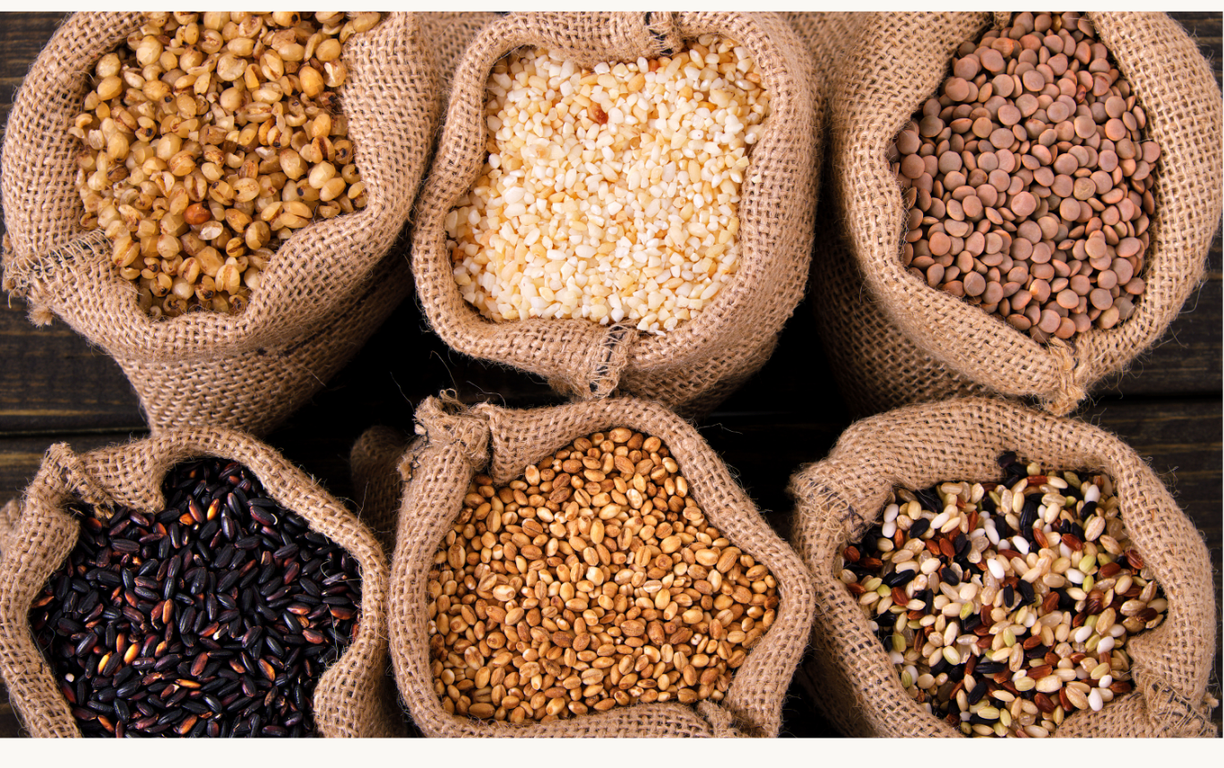
Cooking mixed grains in your rice cooker can open up a world of flavors and nutrition in your meals. Using a rice cooker simplifies the process, making it easy to achieve perfectly cooked grains every time. Whether you are looking to combine brown rice, quinoa, or farro, this guide will provide you with the necessary steps and tips to enhance your cooking skills.
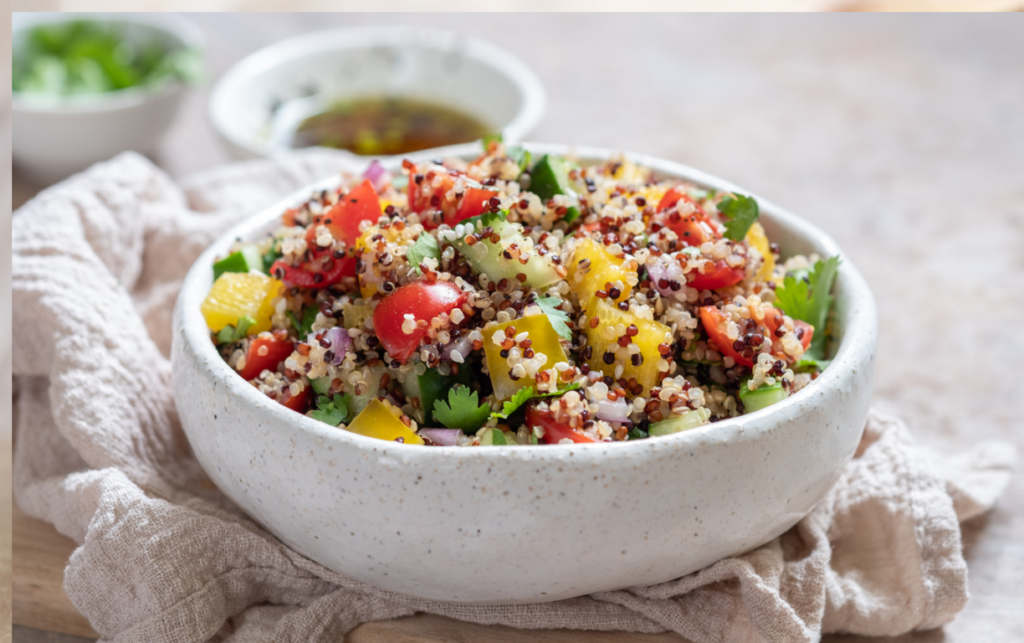
Understanding the unique qualities of different grains will help you select the right combinations for your dishes. Learn how preparation and the right water-to-grain ratios play a crucial role in achieving delicious results. With simple techniques and some creativity, you can elevate your meals with healthy grains that provide essential nutrients.
Ready to master the art of cooking mixed grains? This complete guide will equip you with the knowledge and confidence needed to make flavorful, nutritious meals that satisfy your cravings.
Rice cookers are versatile appliances that simplify the cooking process for different grains, including mixed varieties. Knowing the types of rice cookers and how to optimize them is key for perfect results.
There are several types of rice cookers available, each with unique features. The most common are:
Choosing the right type will depend on your cooking needs and preferences.
To get the best results for mixed grains, start by adjusting the water levels. Generally, the water-to-grain ratio for mixed grains ranges from 1.5 to 2 cups of water for every cup of grains. This may vary based on the specific types you choose.
When cooking, use the appropriate setting. If your rice cooker has specific functions like Brown Rice, it’s crucial to select that, especially for tougher grains.
Cooking times for mixed grains can differ, so monitoring is important. If your grains feel too firm once the cycle is complete, add a little water and extend cooking time by 10-15 minutes.
Utilizing the sauté function can also enhance flavors by pre-cooking ingredients before steaming the grains. This technique adds depth to your dish. With these tips, you’ll make the most of your rice cooker for mixed grains.
Understanding the nutritional differences and cooking characteristics of various grains can enhance your culinary skills. Each grain offers unique benefits, water requirements, and cooking times. Here’s a closer look at essential grains.
Different grains provide various nutritional benefits. For example:
These grains contribute to balanced nutrition, making your meals healthier.
The cooking characteristics of grains vary significantly. Here are some key points:
Using staggered cooking can help if you mix grains with different cooking times. This approach ensures that each grain reaches its perfect doneness.
Preparing to cook mixed grains in your rice cooker involves several crucial steps. You need to select the right grains mix, understand the proper water-to-grain ratios, and recognize the importance of rinsing and soaking.
Choosing a grains mix can impact the texture and flavor of your dish. You might find blends like white and brown rice together or sushi rice for a different experience. Consider grains with various cooking times. For example, brown rice generally takes longer than white rice.
A good combination can include short-grain rice with long-grain varieties. This mix will give you textural variety and visual appeal. You can experiment with grains like quinoa, barley, and farro, adding interest and nutrition to your meal.
Getting the water-to-grain ratio correct is essential for achieving the perfect texture. Generally, a ratio of 1.5 to 2 cups of water for every cup of mixed grain works well. For mixed rice, start with 1.5 cups of water for white rice and 2 cups for brown rice.
Adjusting water levels may be necessary depending on the specific grains you choose. For instance, if you pre-soak brown rice, you can reduce the water to 1.5 cups. Always check your rice cooker’s manual for optimal patterns as they may vary.
Rinsing grains before cooking helps remove excess starch, preventing clumping. You can place your grains in a fine-mesh strainer and rinse them under cold water until the water runs clear. This process is vital for mixed rice to maintain texture.
Soaking certain grains, especially brown rice, can improve cooking efficiency. Pre-soaking can cut cooking time and make the grains softer. Aim for a soak of at least 30 minutes to 1 hour. This step will ensure your mixed grains cook evenly and come out fluffy.
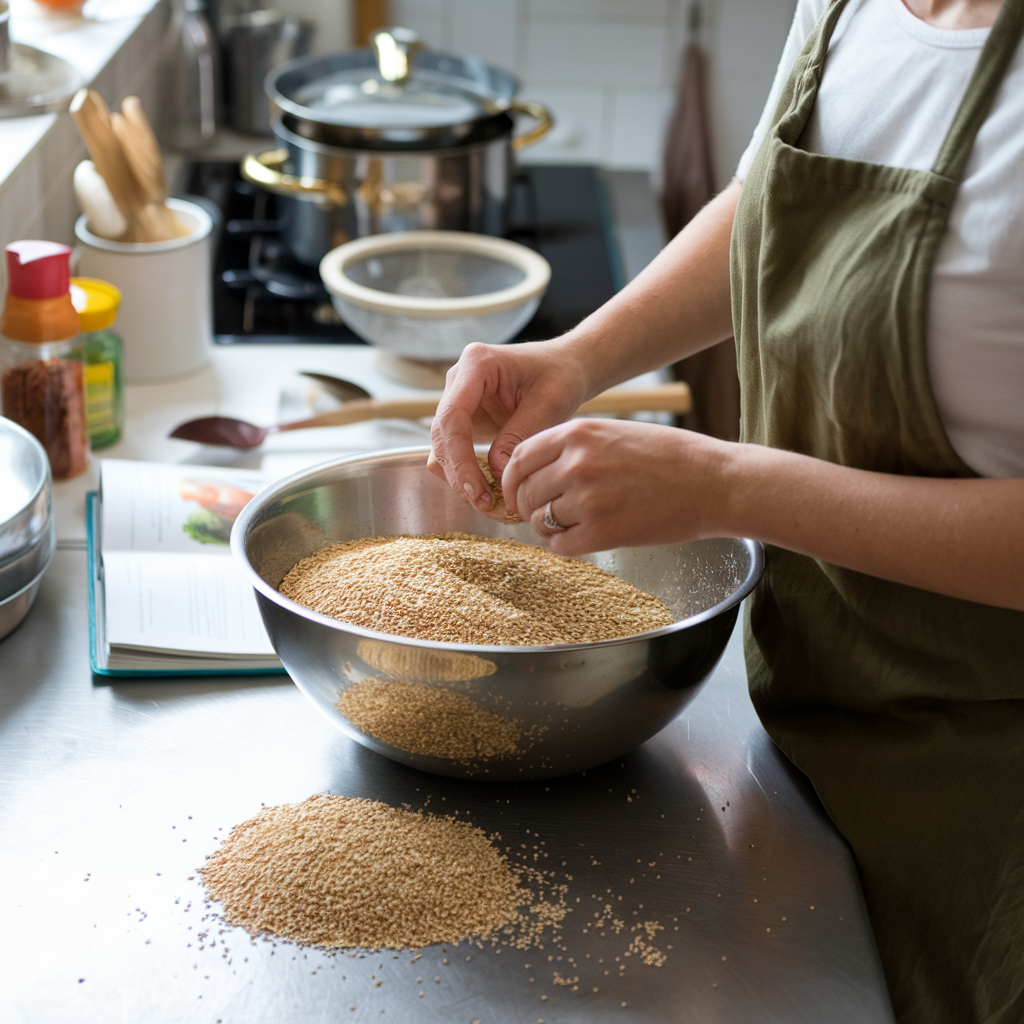
When cooking mixed grains in your rice cooker, it’s essential to focus on how to layer the grains, set the right cooking times and temperatures, and monitor the grains as they cook. These steps will help you achieve perfectly cooked grains with minimal effort.
Start by rinsing your mixed grains thoroughly to remove excess starch. This helps prevent stickiness and improves texture. Next, layer the grains in your rice cooker. You should place denser grains, like brown rice or quinoa, at the bottom. These grains take longer to cook.
Then, add lighter grains, like white rice, on top. If you’re using several types, consider staggered cooking. Cook the dense grains first before adding lighter ones to ensure everything cooks evenly.
Use a ratio of about 1.5 to 2 cups of water for each cup of mixed grains, depending on the types used. Adjust water levels to find your preferred texture.
Every rice cooker is different, so it’s important to adjust your settings based on the grains you are cooking. Generally, you’ll want to set your rice cooker to a standard cooking cycle for mixed grains.
For a mixture of short and long grains, a cooking time of about 40-50 minutes is common. For tougher grains like barley or brown rice, extend the time by 10-20 minutes.
Check your rice cooker’s manual for specific guidance on cooking times for various grains. This can help you avoid undercooked or overcooked grains.
As the grains cook, you may want to monitor the process, especially if your rice cooker has a clear lid. Once cooking is complete, let the grains sit for about 10-15 minutes. This resting period allows flavors and moisture to settle.
After resting, use a fork to fluff the grains gently. This step separates any clumped grains and enhances texture. Be careful not to stir too harshly, as that can turn some grains mushy.
If you notice excess water at the bottom, you can open the lid and let it evaporate. This ensures you enjoy a dish of perfectly cooked, flavorful grains every time.
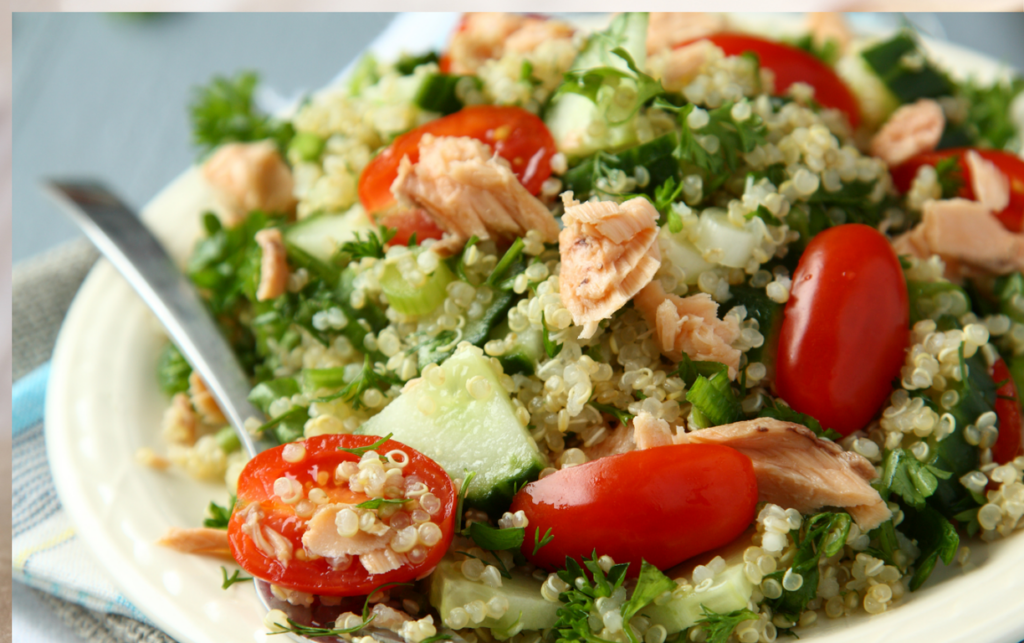
Enhancing the flavor of your mixed grains can significantly elevate your meals. By strategically adding ingredients and combining grains with other elements, you’ll create dishes that are both delicious and satisfying.
To enhance the taste of your grains, consider using broth instead of water when cooking. Chicken, vegetable, or beef broth adds depth and richness. For a lighter touch, try adding a splash of olive oil before cooking. This not only enhances flavor but also adds healthy fats.
Spices can be a game changer. You might use garlic powder, onion powder, or thyme to give your grains a distinct taste. If you’re in the mood for something sweet, consider adding a spoonful of honey or maple syrup, especially when making porridge.
Using fresh herbs like parsley or cilantro can also brighten your dish. Just chop them finely and sprinkle them in right before serving for the best flavor.
Combining grains with other ingredients can transform your meals into hearty dishes. You might want to add chopped vegetables like carrots, bell peppers, or zucchini directly into the rice cooker. This not only provides nutrition but also enhances the visual appeal.
For a unique twist, add beans or lentils to your mixed grains for extra protein. Mixing grains with soup is another great option. Simply stir in your cooked grains into a pot of soup for added texture and flavor.
If you’re meal prepping, consider batch cooking different grains and mixing them with various seasonings or ingredients. This allows you to customize your meals throughout the week.
Experimenting with different combinations can make meal planning easier and more enjoyable.
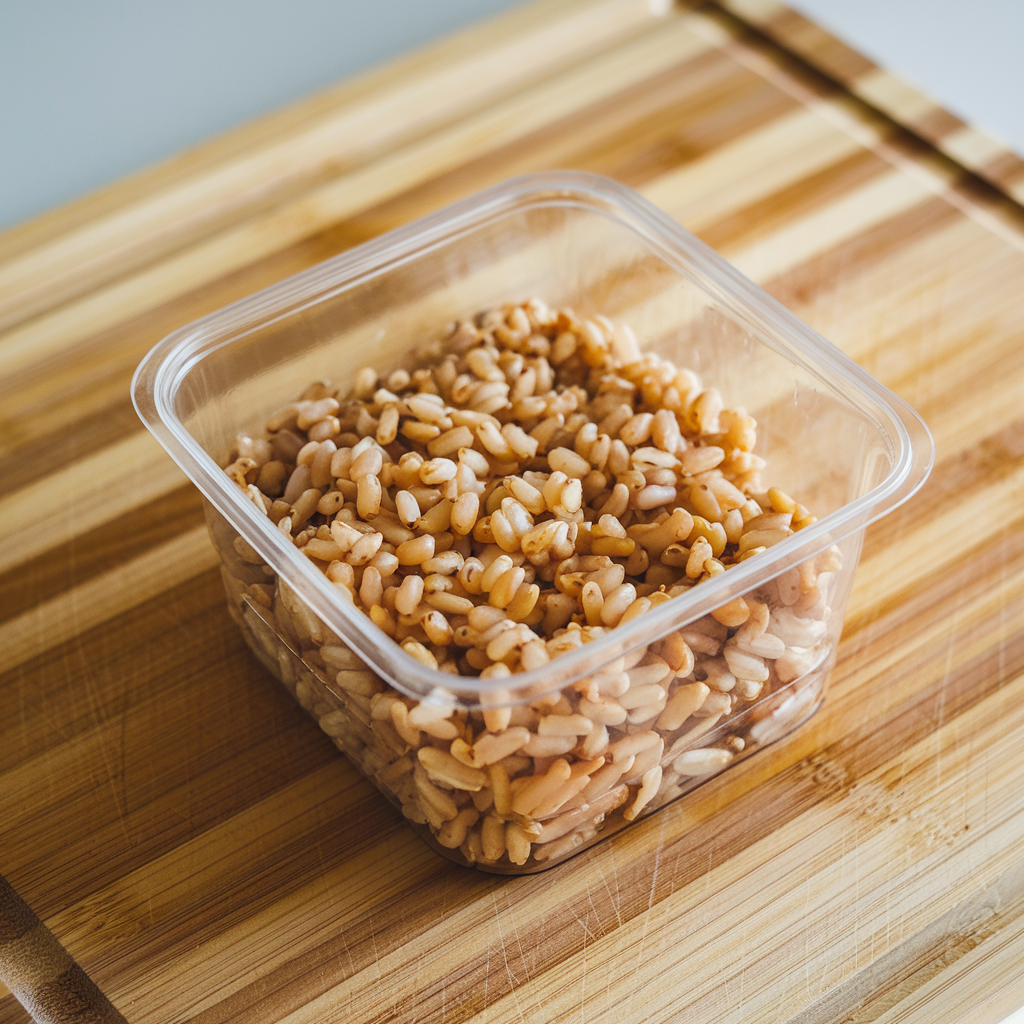
After cooking mixed grains, it is important to know how to store and reheat them properly. You can also enhance your meals by incorporating these grains in different ways. Here are some valuable tips to help you enjoy your cooked grains.
Once your mixed grains are cooked, allow them to cool before storing. Use airtight containers to keep out moisture and prevent spoilage. You can keep cooked grains in the refrigerator for up to 5 days. For longer storage, consider freezing them.
To reheat, you can use the microwave or stovetop. Add a splash of water to the grains before reheating to maintain moisture. If using the microwave, cover the container to avoid drying them out. If reheating on the stovetop, stir occasionally to ensure even heating.
Grains can be part of a balanced diet, offering various nutrients. Depending on the type of grains, calories can vary. For instance, brown rice has more fiber and nutrients compared to white rice.
Mixed grains can add variety to your meals. You can use them in breakfast bowls, stir-fries, salads, or soups. For breakfast, consider adding cooked grains to smoothies or mixing them with yogurt and fruits for added texture.
Meal planning can be simplified by preparing larger batches of grains. This can save time during busy weekdays. You can utilize the grains in different recipes throughout the week, such as grain bowls or side dishes.
Additionally, grains can help meet your nutritional goals. They are rich in vitamins, minerals, and fiber, promoting balanced nutrition. By incorporating a mix of grains, you not only enjoy diverse flavors but also support your health.
You may have questions about cooking mixed grains in your rice cooker. Here are clear answers to help guide you through the cooking process, including water ratios, cooking times, and grain preparation.
The ideal water-to-grain ratio for cooking mixed grains typically ranges from 1.5 to 2 cups of water for every cup of mixed grains. You might need to adjust this depending on the specific grains you use, so always check the package instructions for any variations.
Yes, you can cook different types of grains together in a rice cooker. To achieve even cooking, choose grains with similar cooking times. It’s also helpful to soak harder grains, like brown rice, for a couple of hours before cooking with softer grains.
To cook Korean mixed grain rice, rinse your grains well and soak them for at least 30 minutes. Then, use a ratio of about 1.5 cups of water for every cup of mixed grains. Place everything in the rice cooker and select the correct cooking setting, often labeled as “mixed rice.”
When using a Zojirushi rice cooker, refer to the manual for the mixed setting. Generally, harder grains might need longer cooking times. Use the measuring marks inside the pot for accurate water levels, and allow the rice cooker to determine the cooking cycle.
Grains like brown rice, wild rice, and quinoa work well in a rice cooker. These grains tend to absorb water effectively and cook evenly. Additionally, they benefit from the steam and heat retention of the cooker, resulting in fluffy grains.
To cook sorghum in a rice cooker, rinse it under cold water. Use a water ratio of about 3:1, meaning three cups of water for every cup of sorghum. You should soak it for a few hours or overnight to help soften the grains and ensure even cooking.